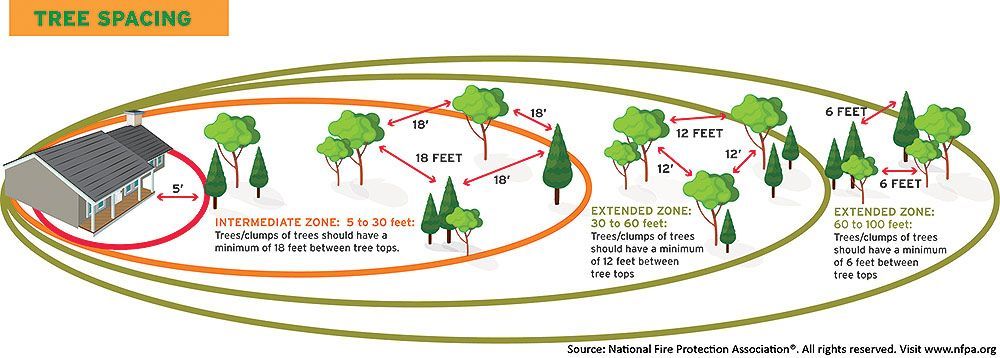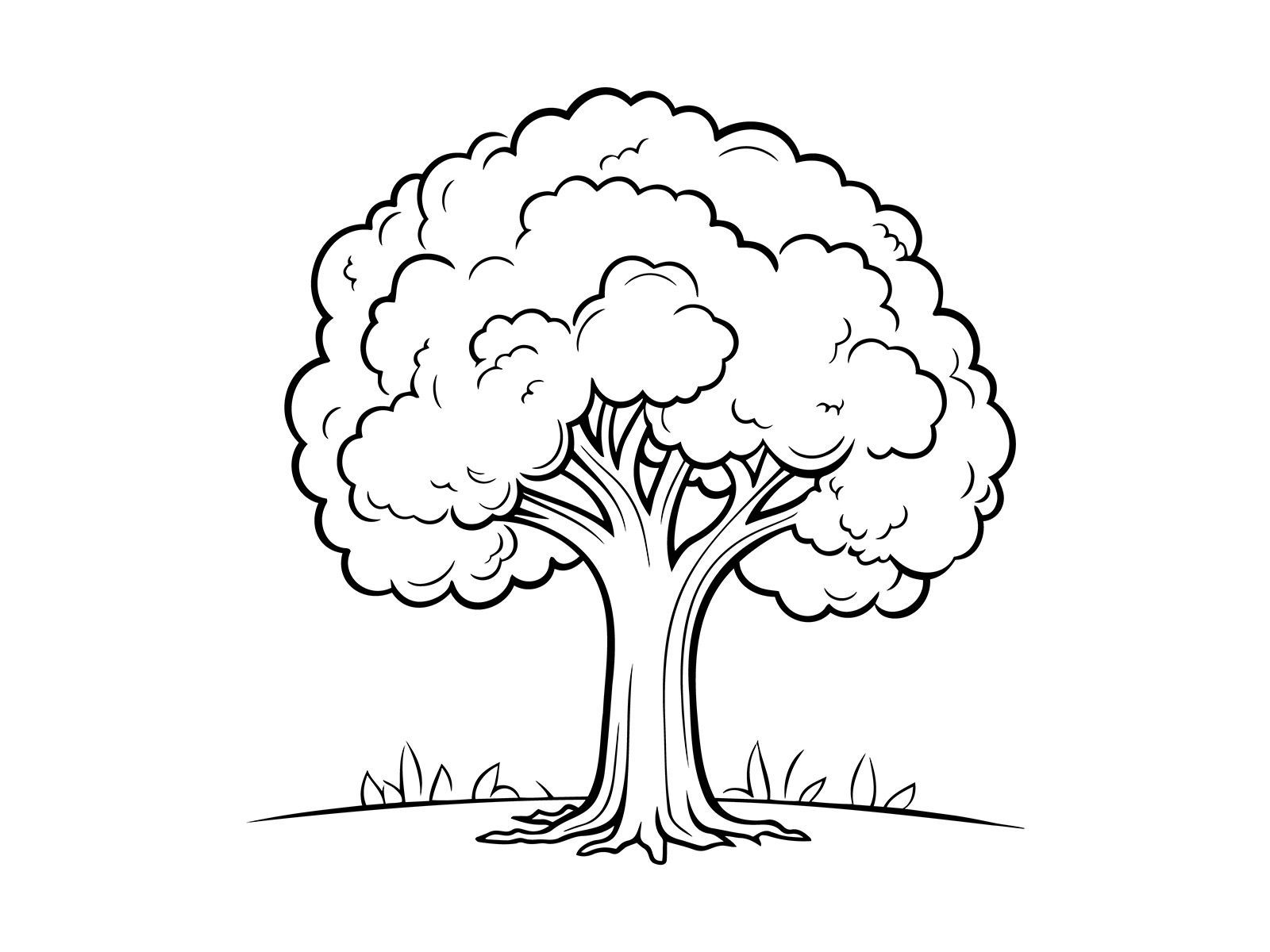Fire Safety - Defensible Space Creation
We care for your trees as if they were our own.
Let Beyette's Tree Care bring out the beauty in your trees!
Contact Us
We will get back to you as soon as possible.
Please try again later.
WHAT IS A DEFENSIBLE SPACE?
e.g. Fire Break
Defensible Space is the buffer between your structure and the surrounding area.
Adequate Defensible Space acts as a barrier to slow or halt the progress of a fire that would otherwise engulf your property. It also helps ensure the safety of firefighters defending your home. Defensible Space is the first line of defense for your home against wildfire.
The intensity of
wildfire fuel management varies within the 100-foot perimeter of the home, with more intense fuels’ reduction occurring closer to your home. Start at the home and work your way out to 100 feet or to your property line, whichever is closer.
CREATE A
WILD FIRE SAFETY ZONE
When the next wildfires strike Northern California, your property can be at danger if you are unfamiliar with Cal Fire Defensible Space requirements. It's time to consider fire safety and establish fire prevention zones with defensible space around your house or place of business. Approximately 4 million acres of California land were destroyed by wildfires in 2020, along with over 10,000 residences and other buildings.
This was not a unique instance. In California, wildfires have always been a common occurrence. However, wildfire seasons are beginning earlier, lasting longer, and resulting in worsening burns throughout the Western states.

Immediate Safe Zone
The home and the area 0-5’ from the furthest attached exterior point of the home; defined as a non-combustible area. Science tells us this is the most important zone to take immediate action on as it is the most vulnerable to embers. START WITH THE HOUSE ITSELF then move into the section of the Immediate Zone.
- Clean roofs and gutters of dead leaves, debris and pine needles that could catch embers.
- Replace or repair any loose or missing shingles or roof tiles to prevent ember penetration.
- Reduce embers that could pass through vents in the eaves by installing 1/8 inch metal mesh screening.
- Clean debris from exterior attic vents and install 1/8 inch metal mesh screening to reduce embers.
- Repair or replace damaged or loose window screens and any broken windows Screen or box-in areas below patios and decks with wire mesh to prevent debris and combustible materials from accumulating.
- Move any flammable material away from wall exteriors – mulch, flammable plants, leaves and needles, firewood piles – anything that can burn. Remove anything stored underneath decks or porches.
Intermediate zone
5-30’ from the furthest exterior point of the home. Creating breaks that can help influence and decrease fire behavior
- Clear vegetation from under large stationary propane tanks.
- Create fuel breaks with driveways, walkways/paths, patios, and decks.
- Keep lawns and native grasses mowed to a height of four inches.
- Remove ladder fuels (vegetation under trees) so a surface fire cannot reach the crowns. Prune trees up to six to ten feet from the ground; for shorter trees do not exceed 1/3 of the overall tree height.
- Space trees to have a minimum of eighteen feet between crowns with the distance increasing with the percentage of slope.
- Tree placement should be planned to ensure the mature canopy is no closer than ten feet to the edge of the structure.
- Tree and shrubs in this zone should be limited to small clusters of a few each to break up the continuity of the vegetation across the landscape.
Extended zone
30-100 feet, out to 200 feet. The goal here is not to eliminate fire but to interrupt fire’s path and keep flames smaller and on the ground.
- Dispose of heavy accumulations of ground litter/debris.
- Remove dead plant and tree material.
- Remove small conifers growing between mature trees.
- Remove vegetation adjacent to storage sheds or other outbuildings within this area.
- Trees 30 to 60 feet from the home should have at least 12 feet between canopy tops.*
- Trees 60 to 100 feet from the home should have at least 6 feet between the canopy tops.*

